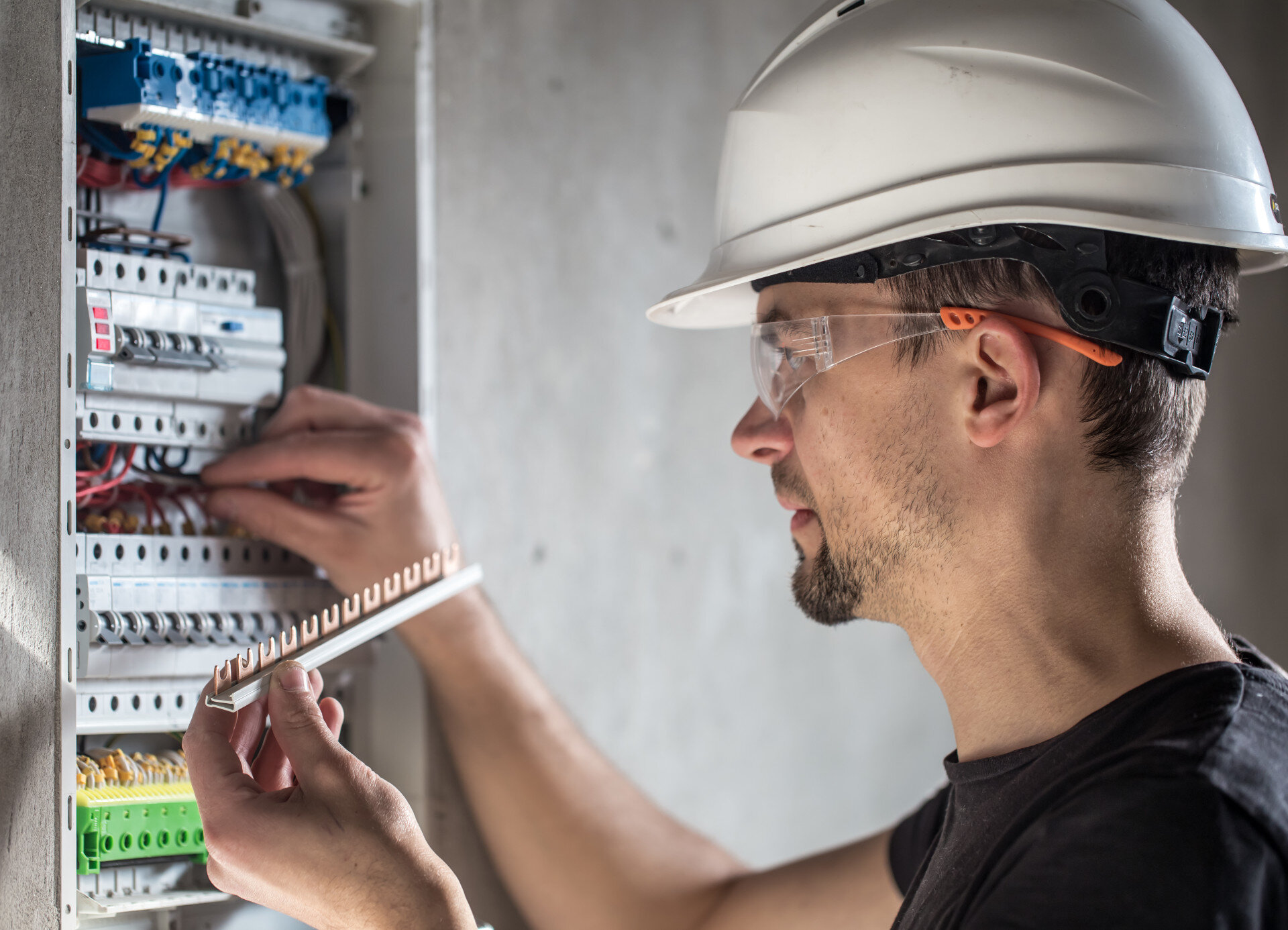PAT Testing Specifications
What is Electrical Testing UK Portable Appliance Testing (PAT), is outlined in the Institution of Electrical Engineers ‘Code of Practice for In-service Inspection and Testing of Electrical Equipment’. Training for PAT testers is recommended to unlicensed practitioners, provided for in the nine (9) PAT Specifications:
1. Earth Continuity – Soft Test
Soft Test Low current earth continuity testing is performed in all PAT testing. Normally referred to as a 'soft test', current ranges of 20mA to 200mA, but 100mA or 200mA are used for comprehensive evaluation. The 3rd Edition of the IEE Code of Practice defines the 'Earth Screen Test', 'Screen Bond Test' or 'Continuity Test' application used by equipment manufacturers as the baseline function analysis of all Class 1 equipment and IT equipment. Analysis of earth connection for screening purposes prefaces alternate high current earth continuity test which may damage the equipment. Battery operated testers are not involved in high current earth continuity testing. Soft test function testers are constrained by equipment updates, and therefore are not suitable for testing some IT equipment.
2. Earth Continuity– Hard Test
Hard Test Hard Testing by way of high current earth continuity test is carried out with a current not more than 1.5 times the rating current of the appliance. No greater than 25 amps may be used. High current testing ensures that potential corrosion of earth wires is suitably stressed so that any susceptibility of the depletion is identified. This is relevant to fridge, washing and drying machines, kettles and similar household appliances. Battery testing does not allow for high current earth continuity test.
3. Insulation Test (500V & 250V)
Voltage of 500 Vdc insulation testing identifies resistance in appliance power systems. Not suitable for testing IT equipment or other electronic components. Alternatives to the test such as earth leakage, touch current, substitute leakage, or insulation resistance testing at a reduced voltage may employed. Alternate testing is usually measured at 250 Vdc.
4. Earth Leakage Test (230V & 110V)
Protective conductor current testing with earth leakage test application corresponds to insulation test evaluation. The instrument may be used to supplement testing of suspect results to insulation testing. Heating elements to an appliance are a common reason for testing a misleading insulation reading. The earth leakage test is conducted on equipment with 230V or 110V.
5. Substitute Earth Leakage Test
Lower voltage than the earth leakage test, the substitute leakage test is useful for testing equipment requiring shorter power charge. Limitations to the test are associated with electronic switches, relays or other active circuitry in appliances. The test malfunctions beyond the switch.
6. Touch Current
Class 2 equipment test alternative to the leakage test.
7. Load Test (230V & 110V)
The test measures the power and/or the current consumption of an appliance for abnormalities or faults that may interfere with power transfer, and is performed consecutive to the earth leakage test for 230V or 110V equipment.
8. Flash Test
Dielectric strength testing or hi-pot testing is not part of the standard in-service inspection. Flash testing and is normally carried out by the appliance manufacturer.
9. RCD Test
Trip time testing of portable RCDs is part of recommended IEE Code of Practice supplement to basic functional testing.
Results to PAT testing may involve simple PASS/FAIL or GO/NO GO type interpretations. While limited in scope most PASS/FAIL PAT testers are easy to read. Earth Continuity test current classification is unavailable. Manual PAT Testers offer more functionality and display actual test readings on the entire spectrum of tests. Pre-programmed test sequences in the form of downloadable PAT data reporting offers dissemination of outcomes to volume appliance testing panels.




